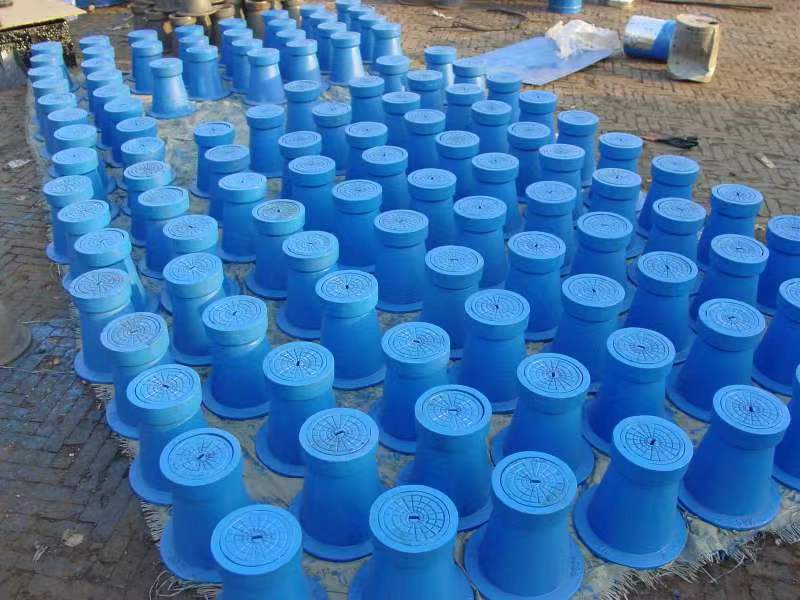DN125 Butterfly Valve Specifications and Applications for Diverse Industries
Understanding the Butterfly Valve DN125 An Essential Component for Fluid Control
The butterfly valve, particularly the DN125 variant, plays a crucial role in various industrial applications. This type of valve is recognized for its simple design, compact size, and effective operation in controlling the flow of fluids. In this article, we will delve into the features, advantages, and applications of the DN125 butterfly valve, providing a comprehensive overview for engineers, technicians, and anyone interested in fluid control systems.
What is a Butterfly Valve?
A butterfly valve operates by rotating a disk or vane within the flow stream. When the valve is opened, the disk is turned parallel to the flow, allowing fluid to pass through with minimal resistance. Conversely, when closed, the disk is perpendicular to the flow, creating a barrier that stops fluid movement. This rotary motion is typically operated by a handle or actuator, making the valve easy to use.
Key Specifications of DN125 Butterfly Valve
The designation DN125 refers to the nominal diameter of the valve, which is approximately 125mm. This size is a standard metric used in many piping systems, facilitating compatibility with various plumbing and industrial infrastructure. DN125 butterfly valves can be constructed from various materials, including stainless steel, ductile iron, and PVC, making them suitable for different applications depending on the nature of the fluid being controlled.
Advantages of Butterfly Valves
1. Compact Design One of the most significant advantages of the butterfly valve is its space-saving design. Compared to other valve types, such as gate or globe valves, the butterfly valve is much more compact, which is valuable in systems where space is a constraint.
2. Low Torque Requirements Butterfly valves require less torque to operate compared to other valve styles. This is because the disk is only partially obstructing the flow when the valve is opened, resulting in lower resistance. As a result, actuation systems, whether manual or automated, can be simpler and less costly.
butterfly valve dn125

3. Versatility DN125 butterfly valves are highly versatile and can be used in various applications, including water treatment, HVAC systems, chemical processing, and food and beverage applications. Their ability to handle different types of fluids—liquids, gases, and slurries—makes them a popular choice across numerous industries.
4. Quick Operation The butterfly valve can be opened or closed quickly, making it suitable for systems that require rapid changes in flow control. This feature is crucial in emergency situations or in processes that need to adjust fluid dynamics swiftly.
Applications of DN125 Butterfly Valve
1. Water Treatment Plants These valves are widely used in water treatment facilities to manage the flow of raw and treated water, ensuring efficient operation and control over the water supply.
2. HVAC Systems In heating, ventilation, and air conditioning systems, DN125 butterfly valves help regulate air and fluid flows, contributing to the overall efficiency of the systems.
3. Chemical Processing The ability to handle corrosive substances makes butterfly valves ideal for chemical plants where various liquids and gases need to be controlled safely.
4. Food and Beverage Industry Compliance with hygiene standards and the ability to handle different food products make DN125 butterfly valves an essential component in food processing operations.
Conclusion
The DN125 butterfly valve is a vital component in fluid control systems across numerous industries. Its compact design, low torque requirements, and quick operation make it advantageous for various applications, from water treatment to chemical processing. Understanding the functionalities and benefits of butterfly valves is important for anyone involved in engineering and maintenance of fluid systems. As technology continues to advance, the designs and materials of butterfly valves will evolve, ensuring they remain a reliable choice for efficient fluid control.
-
The Smarter Choice for Pedestrian AreasNewsJun.30,2025
-
The Gold Standard in Round Drain CoversNewsJun.30,2025
-
The Gold Standard in Manhole Cover SystemsNewsJun.30,2025
-
Superior Drainage Solutions with Premium Gully GratesNewsJun.30,2025
-
Superior Drainage Solutions for Global InfrastructureNewsJun.30,2025
-
Square Manhole Solutions for Modern InfrastructureNewsJun.30,2025
-
Premium Manhole Covers for Modern InfrastructureNewsJun.30,2025
